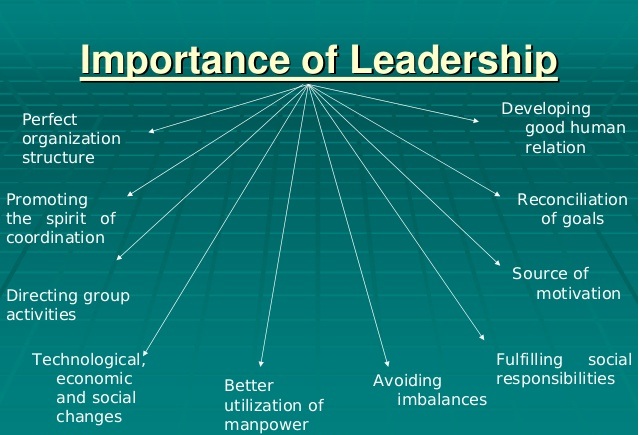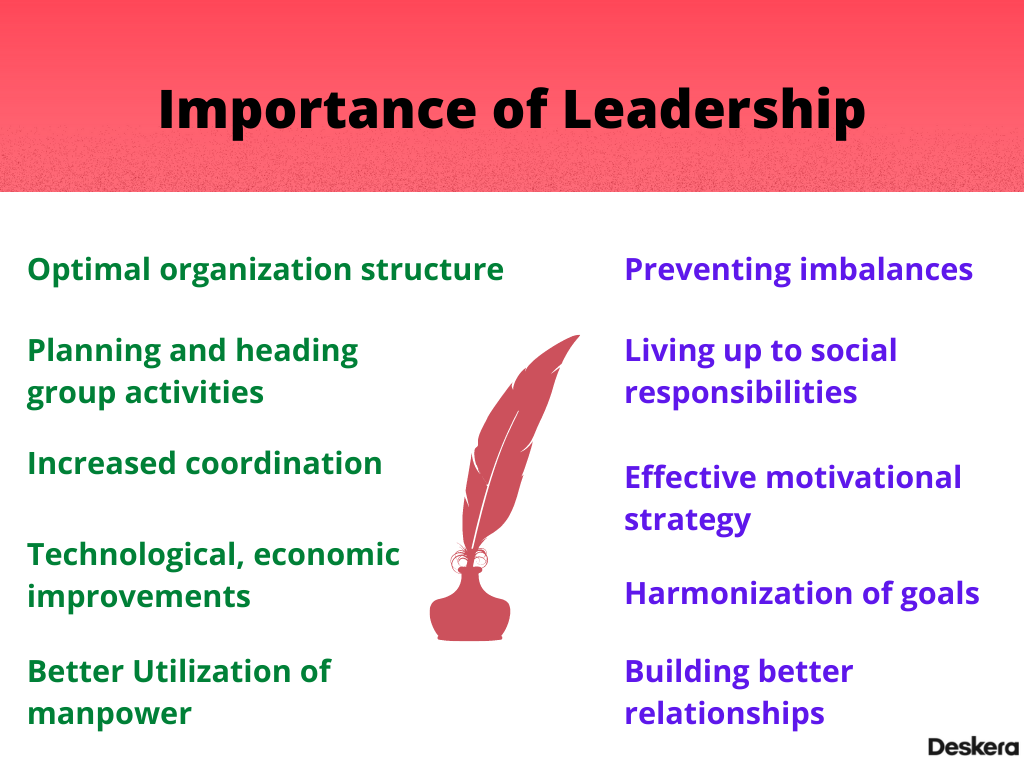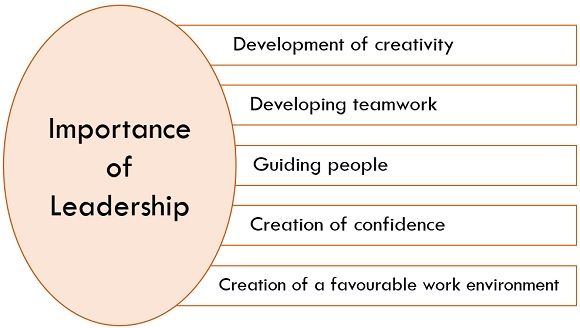Importance Of Leadership In The Workplace

In today's dynamic and competitive business environment, effective leadership is no longer a mere advantage, but a critical necessity for organizational success. Strong leadership impacts employee morale, productivity, and overall business performance.
This article examines the crucial role of leadership in the workplace, exploring how it shapes company culture, drives innovation, and ultimately contributes to achieving strategic goals. We will delve into the key characteristics of effective leaders and the positive impact they can have on their teams and organizations, drawing on expert insights and research findings.
The Cornerstone of a Thriving Workplace
Leadership provides direction, inspires action, and fosters a positive work environment. According to a 2023 report by Gallup, employees who feel that their leaders are engaged and supportive are significantly more likely to be engaged themselves.
This engagement translates into higher levels of productivity and reduced employee turnover. A strong leader sets clear expectations and provides the necessary resources for employees to succeed, boosting confidence and promoting a sense of ownership.
Building a Positive Culture
Leaders are instrumental in shaping the organizational culture. They establish values, norms, and behaviors that influence how employees interact with each other and with customers.
Leaders who prioritize ethical conduct and transparency create a culture of trust and accountability. This, in turn, attracts and retains top talent, contributing to a sustainable competitive advantage.
Driving Innovation and Change
In today's rapidly evolving business landscape, innovation is paramount. Effective leaders foster a culture of creativity and experimentation, encouraging employees to take risks and challenge the status quo.
They also champion change management, guiding their teams through periods of transition and uncertainty. As stated by John Maxwell, a renowned leadership expert, "Leadership is influence – nothing more, nothing less." This influence is critical for driving innovation and adapting to market changes.
Key Characteristics of Effective Leaders
Effective leaders possess a range of skills and qualities that enable them to inspire and guide their teams. These characteristics include communication, empathy, integrity, and strategic thinking.
Communication is essential for conveying vision, setting expectations, and providing feedback. Empathy allows leaders to understand and respond to the needs of their team members, fostering a sense of belonging and support.
Integrity builds trust and credibility, while strategic thinking enables leaders to anticipate future challenges and opportunities. Organizations that invest in leadership development programs are more likely to cultivate these essential qualities in their managers.
Impact on Employee Morale and Productivity
Leaders who demonstrate genuine care and support for their employees foster a positive and productive work environment. Regular feedback, recognition, and opportunities for growth contribute to higher levels of job satisfaction and motivation.
When employees feel valued and empowered, they are more likely to go the extra mile and contribute their best work. A 2022 study by SHRM found a direct correlation between leadership effectiveness and employee engagement levels.
Looking Ahead
The importance of leadership in the workplace will only continue to grow as organizations navigate increasingly complex challenges. Investing in leadership development and creating a culture that values and supports strong leadership are critical for long-term success.
Organizations must prioritize identifying and nurturing future leaders who can guide their teams through uncertainty and drive innovation. By focusing on developing these crucial skills, businesses can ensure they have the leadership talent needed to thrive in the years to come.









:max_bytes(150000):strip_icc()/top-leadership-skills-2063782_final-5b3e6be646e0fb0036272f42-5bbf7e0246e0fb0026d6416a.png)








